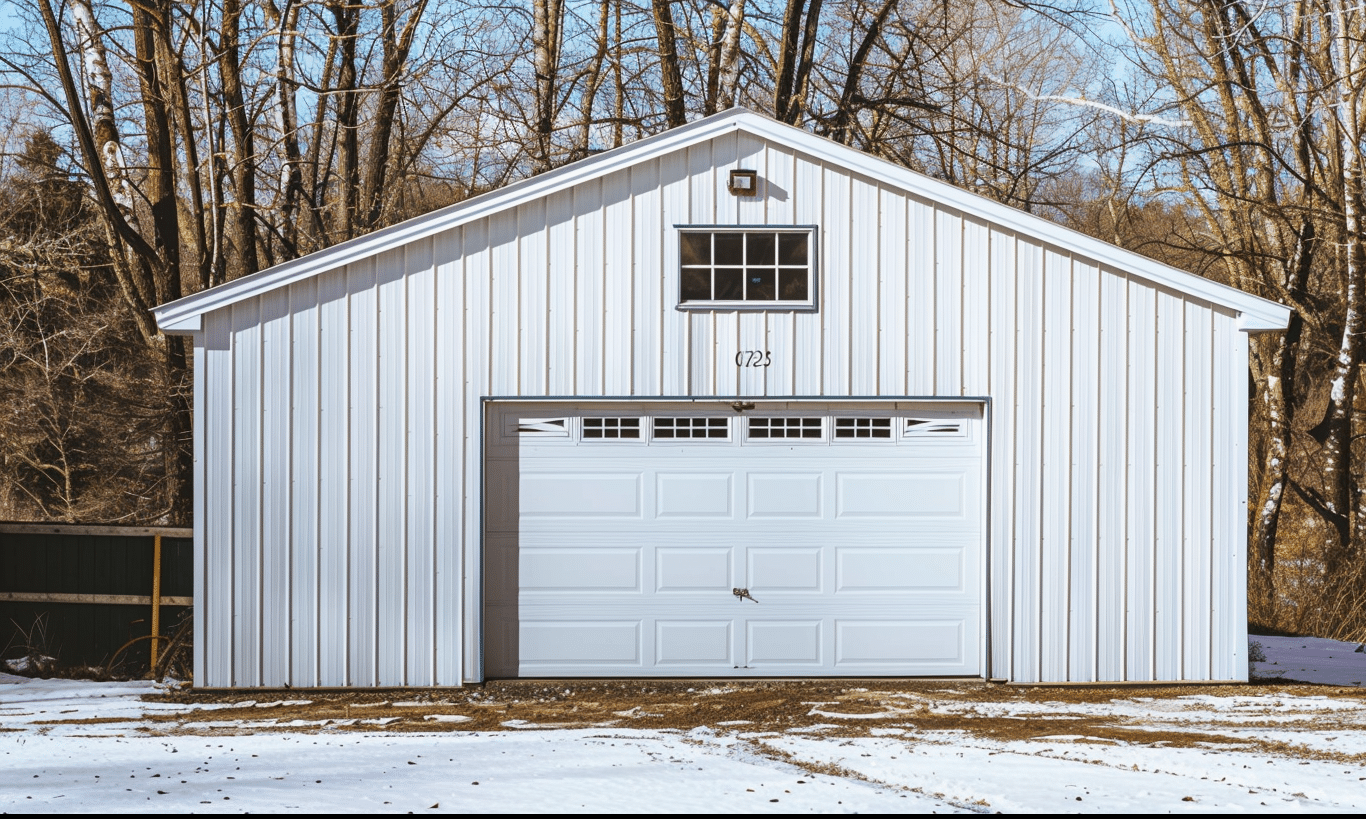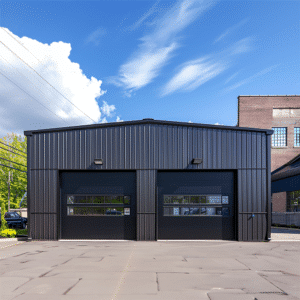Concrete is arguably the unsung hero of modern construction. It’s the sturdy backbone beneath skyscrapers, housing complexes, and bridges. Yet, sometimes it seems to be overshadowed by more glamorous materials like glass, brick, or steel. But why exactly is concrete such a powerhouse in the building industry? With its versatile applications and timeless appeal, concrete is the MVP of construction materials.
Unmasking the benefits of concrete seems to be a straightforward task, yet the depth of its versatility unfolds only upon closer examination. As you might imagine, Natural Resources Canada – Concrete as a Versatile Building Material knows a thing or two about its extensive capabilities. Together, let’s walk through the fascinating world of concrete and its multifaceted nature in construction.
The Fundamental Features: What Makes Concrete Stand Out?
At its core, what holds the allure of concrete over other materials like steel, glass, or brick? For starters, concrete is exceptionally resilient. When you think of a 40×60 steel building kit, it may not immediately connect to concrete, but the integration of concrete foundations or elements provides critical support and stability to these structures. A parallel might exist in every dream home anchored upon a solid building foundation laid out using robust concrete.
Moreover, its adaptability lends itself to various applications. Concrete can be molded into any shape, size, or form, making it an architect’s delight. This flowability ensures it meets the various demands of modern construction, be it traditional, minimalistic, or avant-garde styles.
Economical and Sustainable: Concrete’s Hidden Strengths
Economic viability is yet another feather in concrete’s cap. Comparatively less expensive than materials like glass or steel, concrete provides a high return on investment. Moreover, beyond its initial price, concrete structures tend to have reduced maintenance costs over their lifetime.
Concrete’s sustainability credentials further solidify its place in the modern construction ethos. Use of locally sourced materials, reduced waste, and thermal mass properties contribute significantly to energy efficiency and environmental conservation. It’s no surprise that when balancing pros and cons in construction material discussions, such as brick in construction pros and cons, concrete often emerges as a prudent choice for those looking to reduce their ecological footprint.
Creative Concrete: From Invisible Partner to Architectural Marvel
Venturing deeper, concrete’s aesthetic potential is vast. Once shunned for its dull appearance, concrete is now celebrated for its raw beauty. Polished concrete floors, colored or stained surfaces, and even decorative concrete blocks have transformed contemporary design.
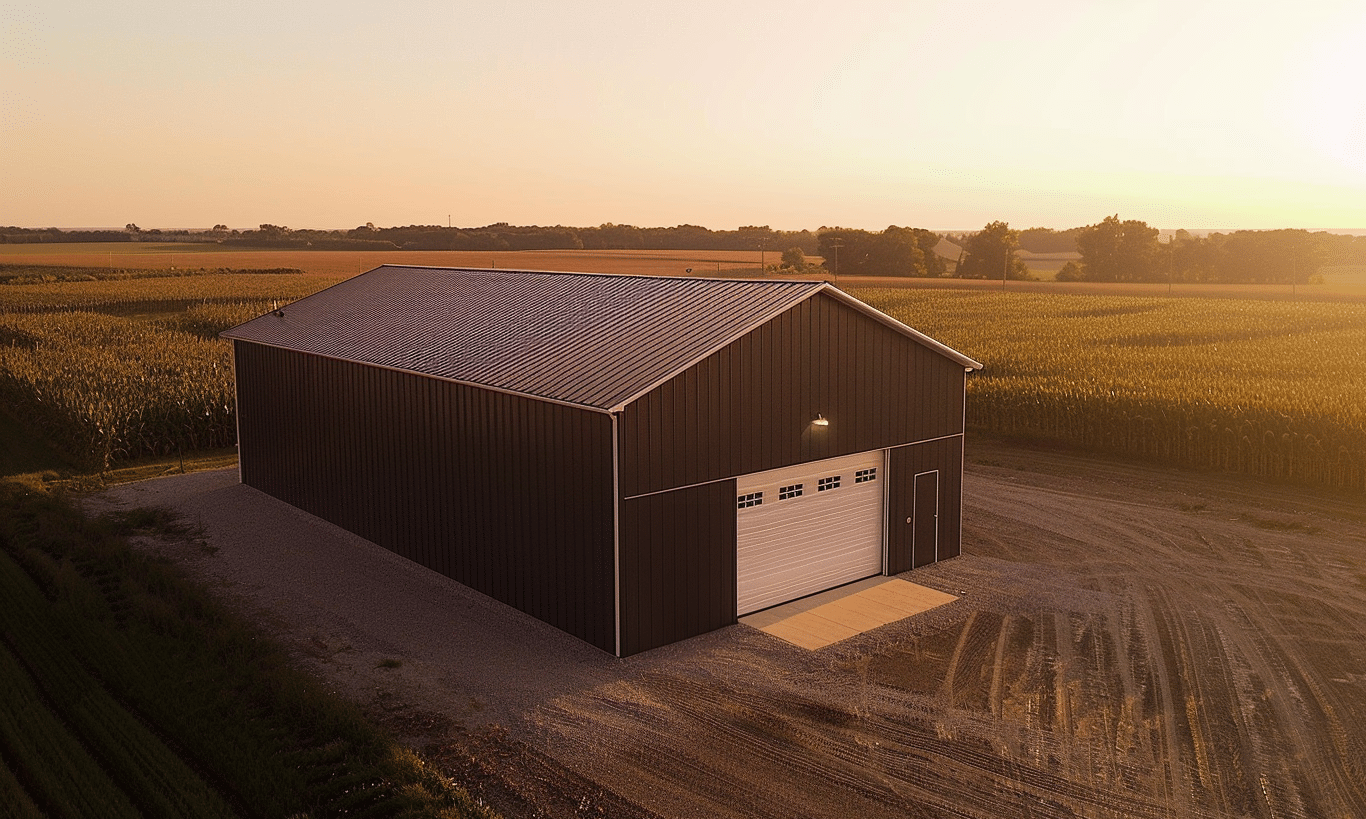
Take modern buildings which embrace a sleek aesthetic with exposed concrete elements, complementing features like glass in modern building design. These structures create impressive juxtapositions between transparency and solidity, inviting both light and stability.
Concrete in Contemporary Uses: Beyond the Basics
It’s not just about foundations or walls; concrete has waded into innovative territories—think concrete furniture, intricate facades, or artistic installations. Such applications reflect a broader trend towards customization and personalization in spaces.
In an Ontario landscape adorned with 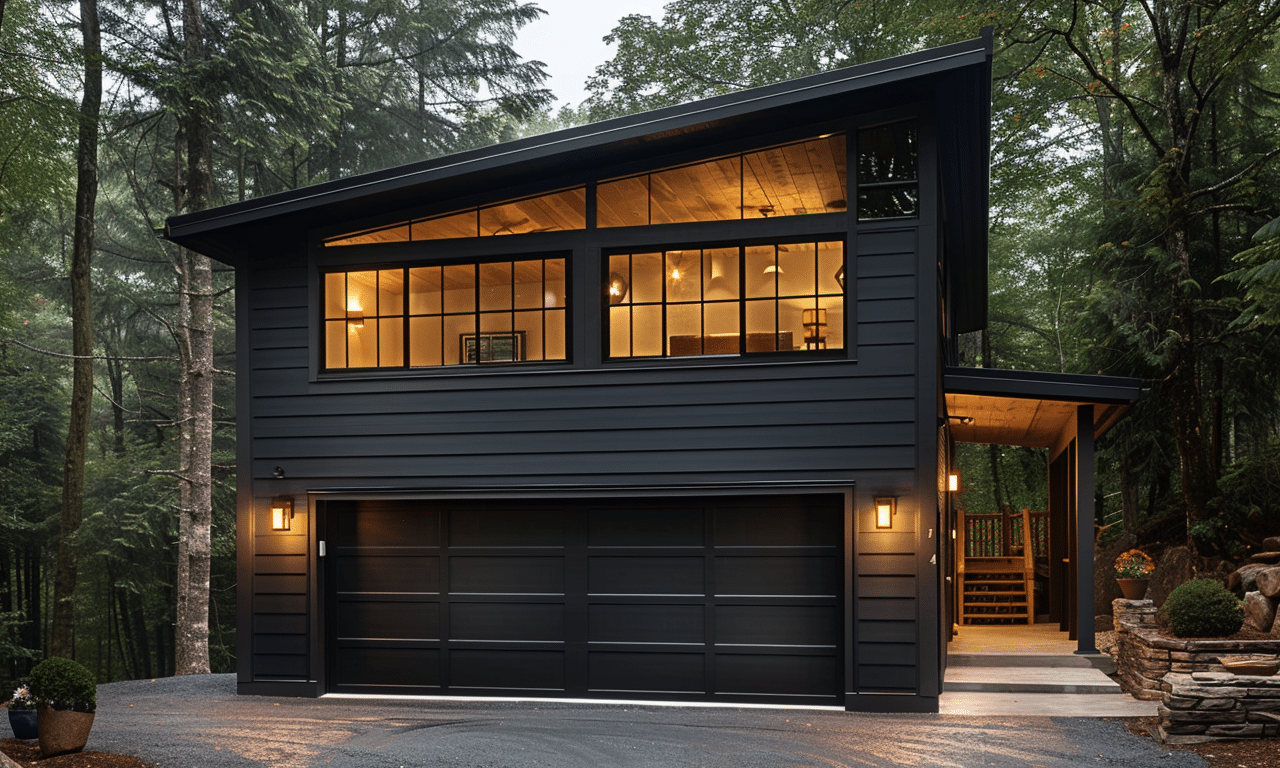
Concrete’s Role in Resilient Infrastructure
The durability of concrete positions it at the forefront of infrastructure developments. Roads, bridges, and dams constructed with concrete stand the test of time and withstand environmental challenges. As cities grow and climates evolve, urban planning increasingly relies on concrete’s steadfastness to support sophisticated engineering and design efforts.
But a question naturally springs forth: Is concrete truly irreplaceable? While alternatives exist, akin to navigating the pros and cons of brick in construction, the dependability and flexibility of concrete consistently tip the scales in its favor.
Technology-Driven Innovations in Concrete
Recent technological advancements have ushered in new permutations of concrete. Self-healing concrete, porous concrete, and translucent concrete add marvelous dimensions to its utility and sustainability.
Indeed, even when juxtaposed with an aesthetically potent 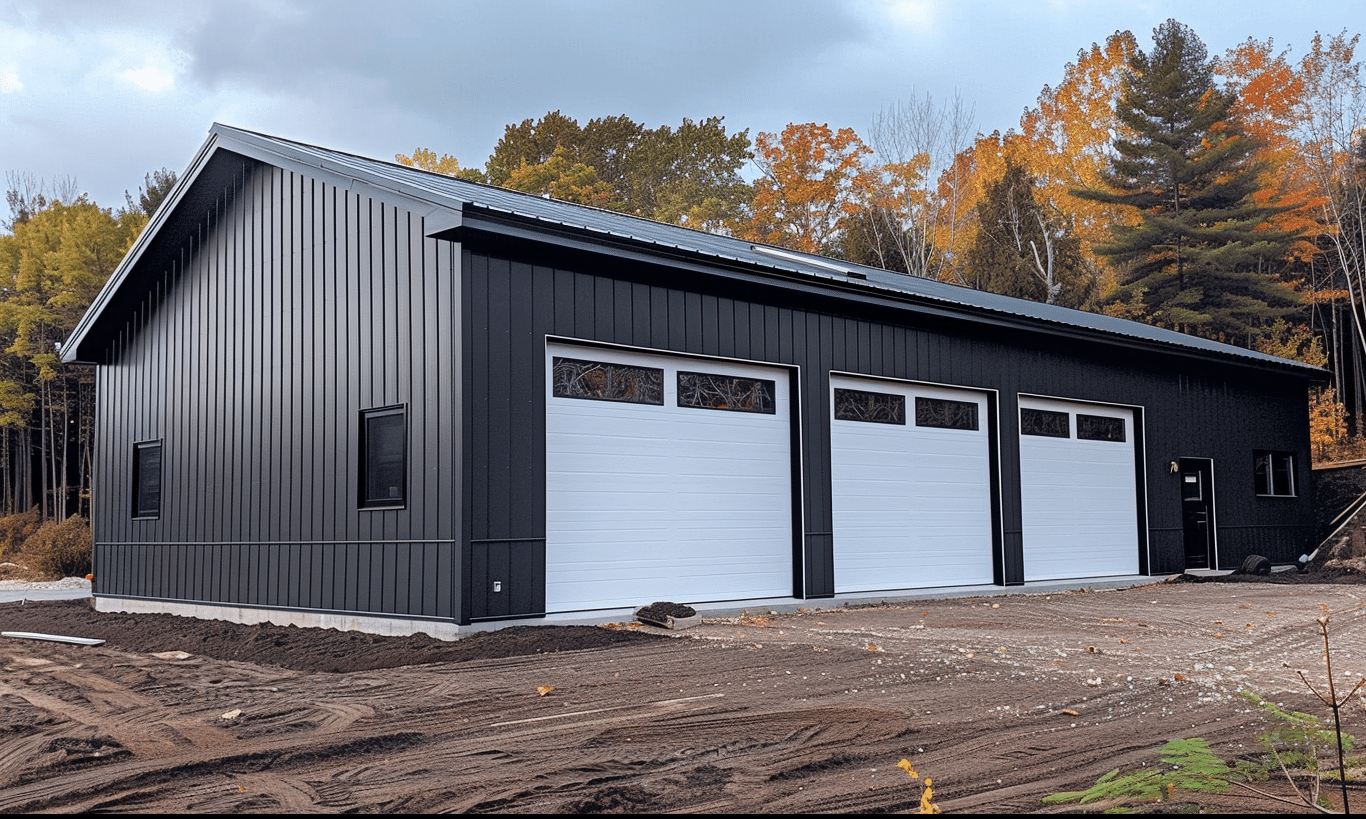
Conclusion: Embracing Concrete’s Future
Concrete’s longevity in the construction industry is well-deserved, a testament to its versatility and resilience. As an adaptable building component, it complements a vast array of materials, including steel and glass, providing synergy rather than competition. Whether anchoring a building foundation or innovatively shaping contemporary designs, concrete as a building material has sealed its indomitable status.
As we edge forward, embracing both high-tech and classic concoctions, concrete continues to promise not just a solid present, but an impressive legacy punctuated by innovation and sustainability. No longer just underfoot or hidden in the structural inklings of a building, it commands its rightful place at the forefront of modern design. Concrete isn’t just a material—it’s a medium through which architects and designers can dazzle, innovate, and construct the resilient habitats of tomorrow.


